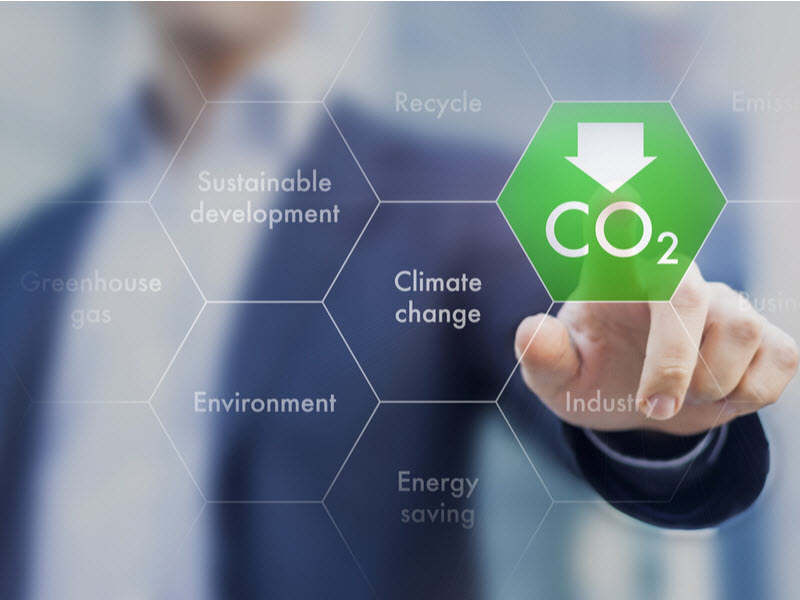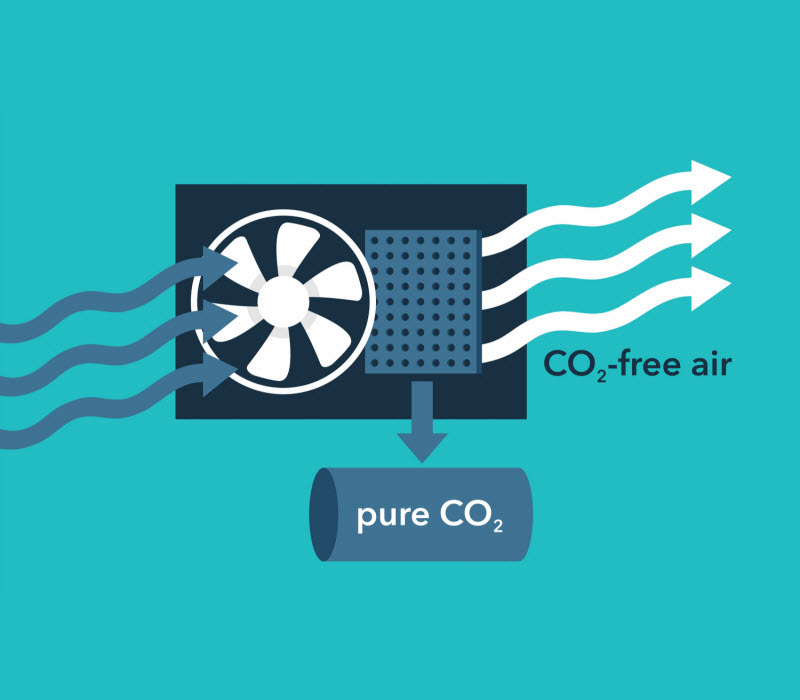
We’ve heard it said that CCS is just a method of sweeping the problem under the carpet. To the ill-advised or ill researched, this is an easy way to discard a crucial technology critical to the planet’s goal to not only reach net zero carbon emissions but to also tackle the need for a carbon negative future. In a time of climate crisis, discarding technologies that will make a significant contribution to carbon emission reduction and extraction is foolhardy and naive.
Carbon capture and storage (CCS) is an advanced technology, and like any technology it has had its ups and downs during development; however, it is not as new as some may have you believe. The technology has been around for almost half a century and is currently employed in a number of installations around the world, fast becoming a member of the big four.
Its advancement has led to huge possibilities in the bioenergy space, repurposing organic matter destined for the carbon cycle and turning it into a sustainable energy source, with a negative carbon emission footprint.

Capturing carbon from the atmosphere
Whilst the advantages of solar, wind and hydro have been well documented in replacing fossil fuels as a primary energy source, there is the issue of scale along with technical limitations. Large installations such as mining will still require a percentage of rampable/dispatchable base load sources, such as diesel or gas generators, and other industries including cement, fertiliser and chemical production cannot reduce 100% of their emissions due to the inherent processes that take place during production.
CCS must be integrated into these systems to ensure CO2 emissions are at better than acceptable concentrations. CCS is the only technology that can extract CO2 from the atmosphere and the only plausible solution to technically unfavourable obstacles.
Whilst CCS Energy does not promote the theory that CCS is the only option or that it is a renewable energy source, the technology can achieve significant CO2 emissions reduction and is globally recognised as a key primary and secondary support technology within the portfolio of options to reduce global carbon emissions.
Solar, wind and hydro can replace the reliance on fossil fuels and put the planet on track to a carbon neutral environment. However, CCS is the only technology that can enable industry to aim for carbon negative outcomes. This is a crucial point, neglected in much mainstream conversation. The atmosphere has too much carbon and regardless of reduction goals we must remove much of the existing carbon to secure the planet’s health. This requires a carbon negative road map and CCS is the most sustainable and suitable option to achieve this outcome.

CCS is more than a band-aid solution
The science supports the concept of sequestration of pure CO2 back into geologic formations from which it originated. Additionally, the technology is breaking new ground in repurposing captured carbon for reuse, creating a business case offering attractive outcomes for carbon emitting companies to make the transition and remain viable.
Aside from bioenergy, which creates energy from organic matter that would be naturally adding to atmospheric carbon, several companies are going an extra step already exploring captured CO2 for bioplastics, fuel and the production of carbon fibre material as an alternative to sequestration.
The concept of capturing carbon for safe storage remains the primary focus; however, experimentation and investment in the technology has led to the birth of other propositions, such is the pliability of this highly effective and flexible technology.
Solar, wind and hydro will continue to be the primary alternatives to reducing industries reliance on fossil fuels; however, smart and sophisticated businesses are realising the potential of CCS as a two-pronged approach to their carbon reduction planning. CCS is the most successful technology for cement, fertiliser and chemical production. It is also a proven additive to the successful exploitation of biofuels and the most sustainable option to allow large energy production businesses and the mining sector the opportunity to viably transition to carbon neutral renewables.
The idea of CCS as a band-aid, or a sweep under the carpet solution is highly dismissive of its obvious advantages. Working in collaboration with the other big three, CCS is the technology solving the problem of what to do with the existing carbon now and into the future. Its advancement will continue to inform future environmental development with CO2 enabling future generations greater opportunity to maximise current technologies.
CCS Energy is committed to forging your path toward net zero emissions. Our expertise can help clients set realistic targets and tap into additional asset value through carbon offset mechanisms available through various global emission trading schemes. Our team members are CCS experts and well engineers, passionate about identifying efficient and cost-effective transition technology to capture and store carbon and reduce your operation’s carbon footprint.
With years of technical experience in the petroleum industry, we can provide all aspects of technical design, project management and regulatory administration.
When your business is ready to do its part in reducing its carbon emissions footprint, give our team a call. We only offer the very best solutions and technical expertise.



